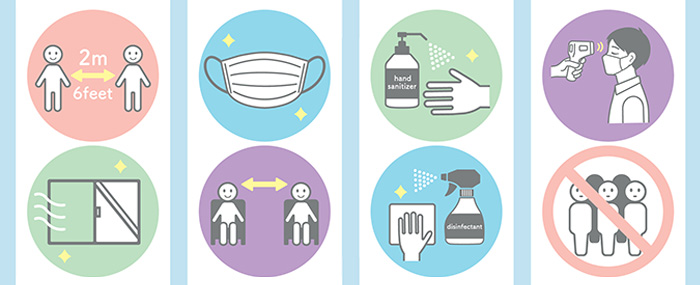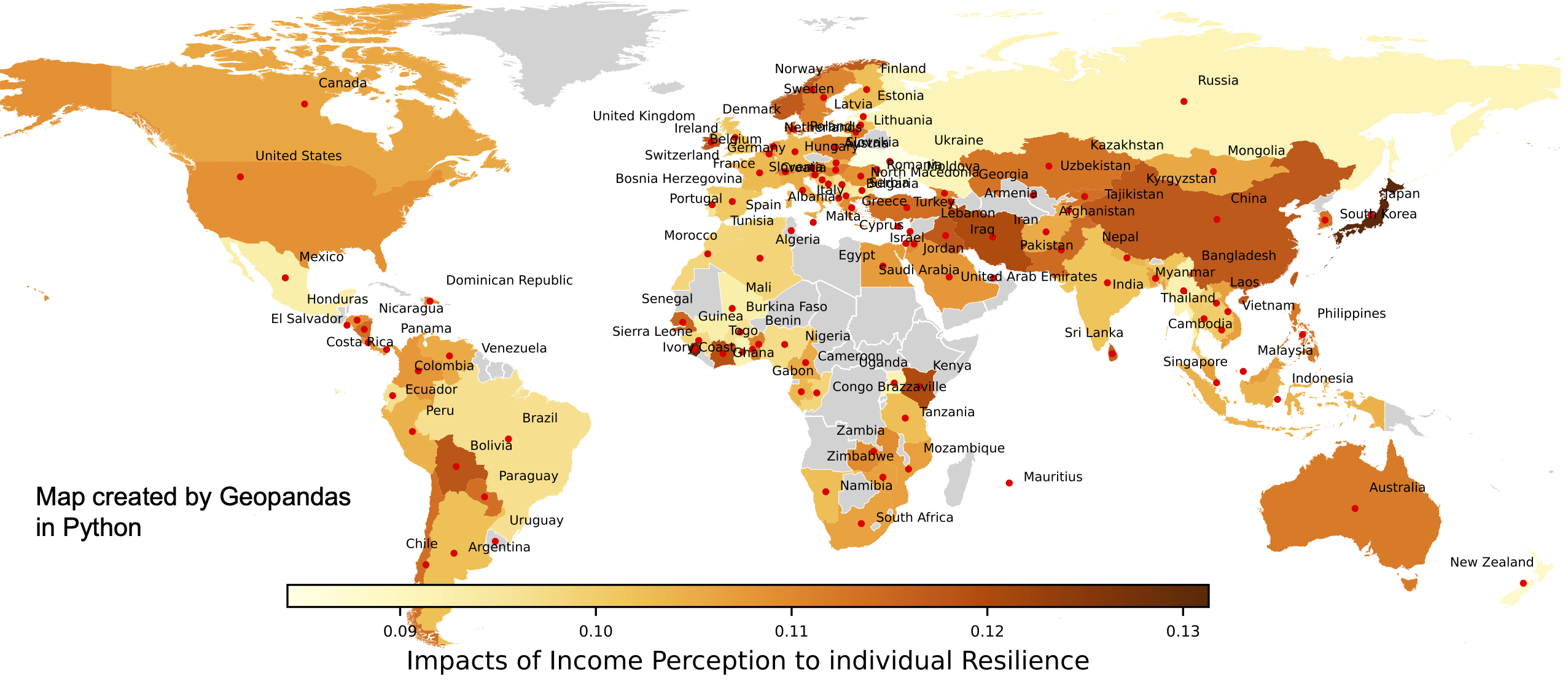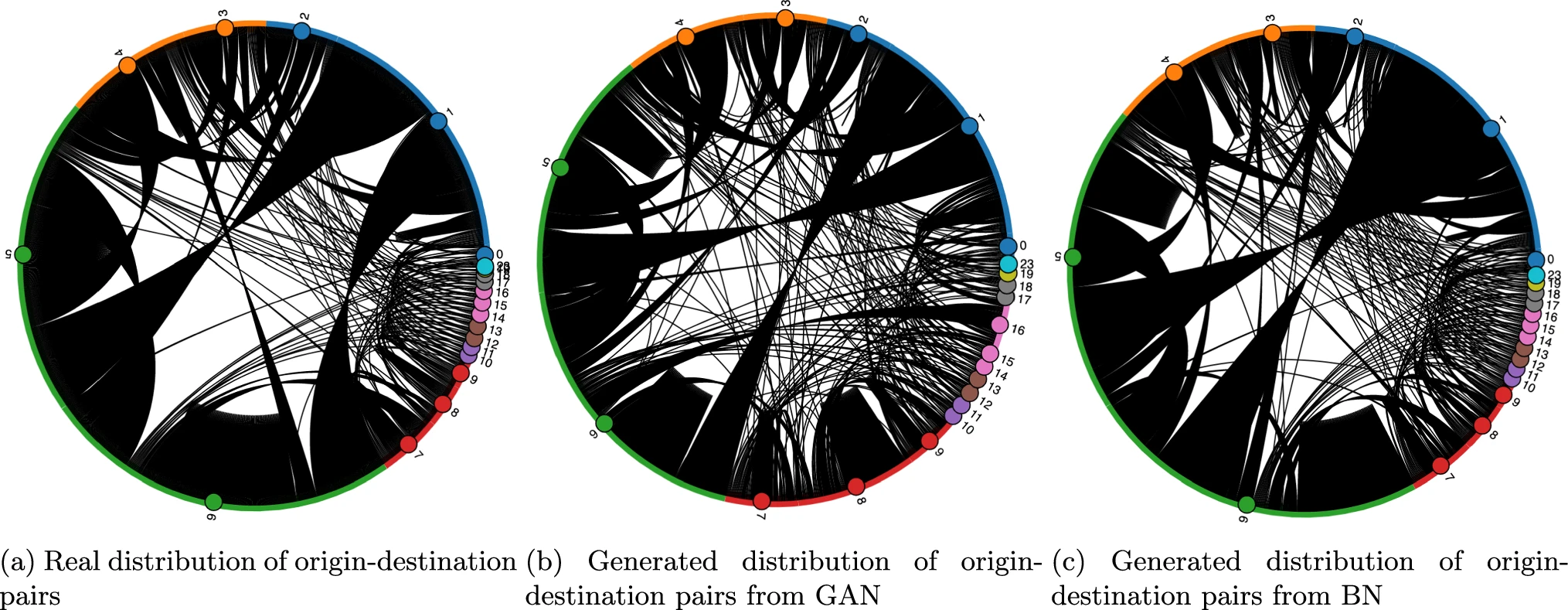Blog
Stories from our research

Stories from our research
%2520(1).png)
Electric vehicles (EVs) have significant potential to reduce emissions and revolutionise transportation. This paper provides the first comprehensive review of Electric Vehicle Routing Problems (EVRPs) explicitly emphasising dynamic charging (DC-EVRP) methodologies, contrasting with conventional static charging (SC-EVRP). By systematically analysing 140 studies, we identify critical transitions from static to dynamic charging paradigms, highlighting dynamic wireless and overhead catenary systems that enable continuous vehicle operation, reduced battery capacity needs, and enhanced operational flexibility. From an algorithmic perspective, this review rigorously analyses heuristic, meta-heuristic, and deep reinforcement learning (DRL) methods employed across EVRP variants.
Swarm and Evolutionary Computation
Shared Autonomous Vehicles (SAVs) are expected to continuously operate with Dynamic Wireless Charging (DWC), replacing most private vehicles in intelligent public transportation. Solving the SAV’s Pickup, Delivery, and Charging Problem (SPDCP) requires optimising route costs and stabilising the battery state of charge (SOC) of SAVs. However, existing heuristic and Deep Reinforcement Learning (DRL) algorithms cannot solve SPDCP, as they fail to handle heterogeneous nodes and adaptively access wireless charging based on battery levels. This paper, for the first time, proposes a heterogeneous DRL (HDRL) framework for solving SPDCP to balance multi-objective optimisation and SOC stability management. We develop a novel heterogeneous attention mechanism in HDRL to enhance the comprehension of node sequential constraints and SOC stability.
IEEE Internet of Things Journal
Shared Autonomous Vehicles (SAVs), serving as an alternative to private cars, are emerging as a pivotal solution to severe traffic problems. Leveraging Dynamic Wireless Charging (DWC) technology, SAVs can potentially operate continuously meet passenger demands, presenting a complex challenge known as the SAV routing and dynamic wireless charging problem (SVRCP). However, traditional heuristic algorithms, which typically reliant on extensive experiential rule settings, fall short in addressing the multiple objectives and complex constraints of SVRCP. Therefore, we propose a Deep Slack Induction by String Removals-based Reinforcement Learning (DSRL) framework, specifically designed to optimise cost-efficiency and energy stabilisation in SAVs operating with DWC conditions. First, a traffic-vehicle cooperation model, grounded in real-world road networks, is constructed to facilitate interactions for the DSRL’s encoder. We then integrate the Slack Induction by String Removals algorithm to adaptively optimise the DSRL parameters, enhancing the decoder’s ability to find reliable solutions. Experiments show that DSRL outperforms heuristic methods in optimising route cost and stabilising the State-of-Charge (SOC) of SAVs, while achieving a more centralised Δ SOC distribution, ensuring the continuous operational capability of the SAVs. The results across instance sizes and DWC power demonstrate DSRL’s robust generalisation capabilities and efficient training capabilities facilitated by transfer learning. Additionally, sensitivity analysis from the perspectives of depot location, passenger distribution, and power levels offers insights for DWC road layout.
IEEE Transactions in ITS
Agent-based models (ABMs) offer promise for realistically simulating human behaviours and interactions during emergency evacuations. This review aims to systematically assess the state of the art in ABM-based evacuation modelling with respect to methodologies, validation practices, and the associated challenges over the past decade. The review critically examines 134 studies from 2013 to 2023 that have applied ABMs for pedestrian evacuation simulation to synthesise current capabilities, limitations, and advancement pathways. Findings identify persistent challenges related to modeller bias, computational complexity, data scarcity for calibration and validation, and the predominance of simplistic rule-based decision-making models, while promise exists with the adoption of flexible behavioural frameworks, high-performance computing architectures, machine learning techniques for adaptive agent behaviours and surrogate modelling, and evolutionary computation methods for transparent rule generation. The findings underscore the importance of interdisciplinary collaboration among behavioural scientists, modellers, and emergency planners to enhance the realism and reliability of ABMs. By providing a critical synthesis of the state-of-the-art and proposing future research directions, this review aims to accelerate the development and application of ABMs that can meaningfully enhance the safety and resilience of communities facing emergencies.
International Journal of Disaster Risk Reduction
Individual-level georeferenced data have been widely used in COVID-19 control measures around the world. Recent research observed that there is a trade-off relationship between people's privacy concerns and their acceptance of these control measures. However, whether this trade-off relationship exists across different cultural contexts is still unaddressed. Using data we collected via an international survey (n = 4260) and network analysis, our study found a substantial trade-off inter-relationship among people's privacy concerns, perceived social benefits, and acceptance across different control measures and study areas. People's privacy concerns in culturally tight societies (e.g., Japan) have the smallest negative impacts on their acceptance of pandemic control measures. The results also identify people's key views of specific control measures that can influence their views of other control measures. The impacts of these key views are heightened among participants with a conservative political view, high levels of perceived social tightness, and vertical individualism. Our results indicate that cultural factors are a key mechanism that mediate people's privacy concerns and their acceptance of pandemic control measures. These close inter-relationships lead to a double-edged sword effect: the increased positive impacts of people's acceptance and perceived social benefits also lead to increased negative impacts of privacy concerns in different combinations of control strategies. The findings highlight the importance of cultural factors as key determinants that affect people's acceptance or rejection of specific pandemic control measures
Social Science & Medicine
This research pioneers a global-scale analysis of individual risk perspectives and perceived resilience capacities. Leveraging survey data encompassing over 120 countries, we develop novel indices quantifying subjective risk perceptions, experiences, impacts, and resilience across diverse populations. Causal analysis techniques shed light on the complex dynamics shaping individual confidence in their resilience.
Nature's Scientific Reports
While individual data are key for epidemiology, social simulation, economics, and various other fields, data owners are increasingly required to protect the personally identifiable information from data. Simple data de-identification or ‘data masking’ measures are limited, because they both reduce the utility of the dataset and are not sufficient to protect individual confidentiality. This research provides detail on the creation of a synthetic trip data in transportation, with the Smart Card data as the case study.
Data Science for Transportation